These intrinsic qualities are the essence of the Glacial Trail Scenic Byway. It is “old Iowa” at its best. Below are some places to explore the historical and cultural heritage along the Glacial Trail Scenic Byway. O'Brien County Prairie Heritage Center Prairie Heritage Center is located in the southeastern corner of O’Brien County, near the corners of Buena Vista, Cherokee, and Clay counties. It is the primary contact point for visitors to the Glacial Trail Scenic Byway, providing interpretation of the area’s natural, cultural, and archaeological history. The center, operated by O’Brien County Conservation, opened in 2006 to interpret the prairie landscape of northwestern Iowa. The visitor center is open Wednesdays through Sundays and features exhibits about prairie ecology, the Mill Creek Indian Culture, and O’Brien County’s settlers. Staff naturalists offer environmental education programs for youth and the public. The center’s icon is the bison, and a small herd is fenced on the property. A replica pioneer wagon pulled by oxen statues invites visitors to climb inside and learn about the first settlers in the area. The center overlooks the Little Sioux River Valley and a patchwork of grassland and forested hills and valleys. An access point offers water-based recreation on the Little Sioux River. Walking trails loop through restored grassland and oak savanna. Pear Tree House This historic home in Sutherland is a community museum and houses historical documents and other memorabilia. It is open for special events during the summer. General N.B. Baker Library William Houston Woods and his wife, Roma Wheeler Woods, of Old O’Brien founded the General N.B. Baker Library Association in 1874 in their log cabin. Residents came from miles around to borrow books and magazines to help them pass the long winters. Gen. N.B. Baker, formerly governor of New Hampshire, moved to Iowa in 1856. He was instrumental in the early growth of the library, which is now located in a former school. Heritage Park This historic village in Primghar features a log cabin, historic home, hotel, bank, Philby Church, and Center Township No. 3 School. The buildings feature artifacts, exhibits, and research materials. The O’Brien County Historical Society manages the park. Hannibal Waterman Wildlife Area The wildlife area, across the road from the visitor center, is the site of the first settler in O’Brien County in 1856. Trails circle through the property, passing the Hannibal Waterman family cemetery and a historic marker placed by the O’Brien County Daughters of the American Revolution. In 1857, Santee Sioux Chief Inkpaduta and his band stopped at Hannibal Waterman’s cabin, gathering food and supplies and then moving upriver. Hanging Valley and Dutch Fred's Grave The section of Waterman Prairie south of Highway 10 offers an accessible prairie experience for byway visitors. A parking lot on Wilson Avenue, 1½ miles south of Highway 10, leads to a trail that meanders through prairie-covered ridges with spectacular vistas of the Little Sioux River valley. The Iowa Department of Natural Resources is restoring the prairie to its original plant community.
Cherokee County Sanford Museum & Planetarium Sanford Museum in Cherokee opened in 1951 to offer exhibits and activities about archaeology, history, geology, astronomy, natural history, and paleontology. Exhibits interpret prehistoric northwestern Iowa, featuring the Mill Creek Culture (using artifacts such as pottery, tools, and artwork), and the history of Cherokee. The museum also offers planetarium shows. The facility is open daily and admission is free. Cherokee Library Cherokee’s public library was established in 1886 by the Cherokee Ladies Library Association and was housed in the YMCA and other shared facilities. In 1903, the Carnegie Foundation awarded $10,000 to the city to build a library. The foundation later awarded an additional $2,000, and by 1905 the building was finished. The community’s library is still in use and is listed on the National Register of Historic Places. Cherokee Depot Cherokee served as a hub for the Illinois Central rail line. The Illinois Central passenger depot, built in 1896, was used as a passenger station until 1971 and as a freight station until 1982, when the building was vacated. The rail yard complex was listed on the National Register of Historic Places in 1990. A nonprofit community group purchased the depot complex in 1991 and maintains it. It is open by appointment. Buena Vista County Brooke Creek Bridge This bridge over Brooke Creek, a tributary of the Little Sioux River, was built in 1909. It was listed on the National Register of Historic Places because of its historic architecture and construction. The bridge is accessible from an unmaintained gravel road and is closed to traffic. Clay County Jim’s History Barn A collector since childhood, Jim Hass bought a 1928 barn in Spencer and had it moved to Peterson to display his collections. Included are Native American artifacts, war memorabilia, local history items, and curiosities of all kinds. Tours available by appointment.
Jacob Kirchner Memorial Park Peterson Heritage, a nonprofit organization founded in 1971 to preserve and maintain historical sites in Peterson, established this park for that purpose. The park includes a playground, veterans’ memorial, the Machinery Museum, Christian Kirchner House, J.A. (Gust) Kirchner House, and Rock Forest School. The Kirchner Farm Machinery Museum houses antique farm equipment including a covered wagon that trekked to Yellowstone Park and back in 1898, a sheepherder’s wagon, a fence making machine, and more. The museum is open by appointment. J.A. (Gust) Kirchner built his Italianate style, two-story home in 1875. It includes period furniture. Built in 1867, the Christian Kirchner Home was the first frame house in Clay County. It still stands at its original location. Descendants deeded this home of Christian and Magdalene Kirchner, parents of J.A. (Gust) and Jacob Kirchner, to the city in 1971. Peterson Heritage restored and furnished the home. It is open by appointment. Built in 1868, Rock Forest School was one of the first frame schoolhouses in Clay County. It was originally located in the northwest quarter of Peterson Township and was used until 1918. The building was moved to the park in 1963 and restored by the Peterson Lions Club. It is open for school group tours, special occasions, and by request. Kirchner French Memorial Library In 1925, Lena Kirchner French willed a farm west of Peterson to provide funds for the construction of a library. The structure was built in 1937 with assistance from the Works Progress Administration. French, a member of the first family to settle in Peterson, wanted people of all ages to be exposed to the joy of reading. The library is still in use today. Wittrock Indian Village State Preserve
Wittrock Indian Village on Waterman Creek, just northeast of Sutherland, is a model depiction of late prehistoric Mill Creek culture. This 6-acre site features the buried remains of a fortified village occupied by Indians of the Mill Creek Culture between the years 1200 and 1300. Located on a low terrace of Waterman Creek, the site included 20 rectangular earth lodges that archaeologists have identified. A wide ditch and solid stockade wall protected the village from attack. The village has never been affected by construction or cultivation. The Mill Creek people hunted bison and grew corn and other produce in the rich creek bottoms. The site is a National Historic Landmark and an Archaeological State Preserve.
0 Comments
Leave a Reply. |
Archives
June 2024
Categories
All
|
Address712 South Highway Street
P.O. Box 189 Oakland, IA 51560 |
ContactPhone: 712-482-3029
General inquiries: [email protected] Visit our Staff Page for email addresses and office hours. |


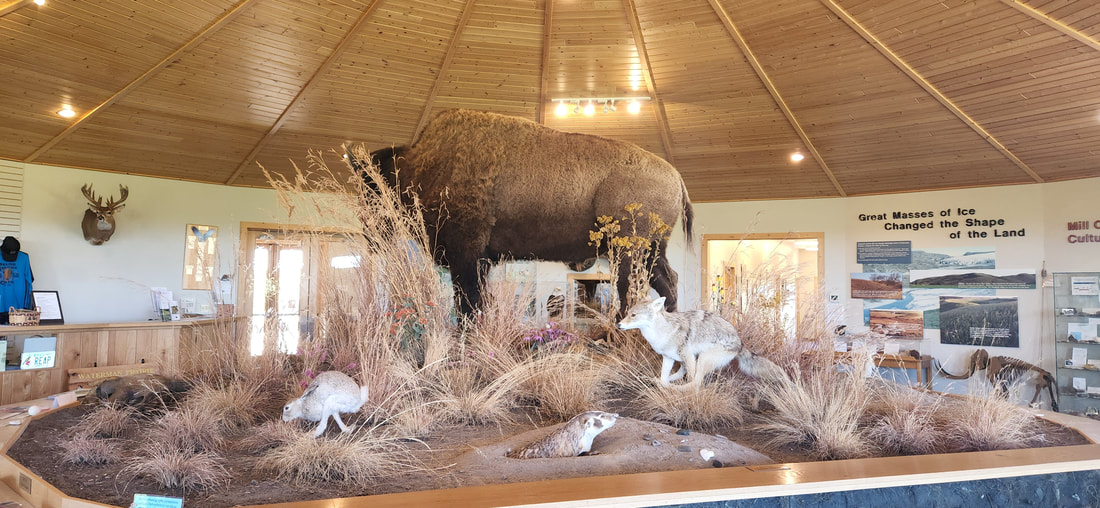
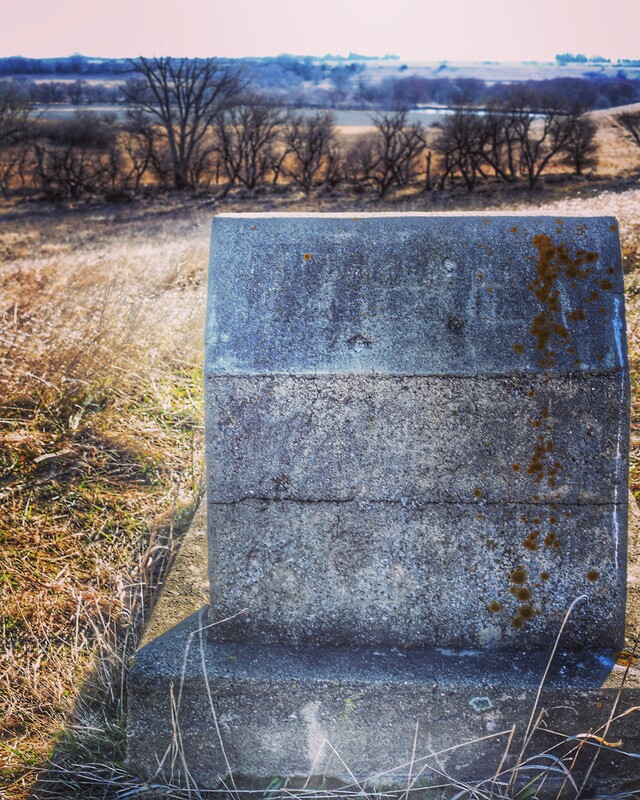
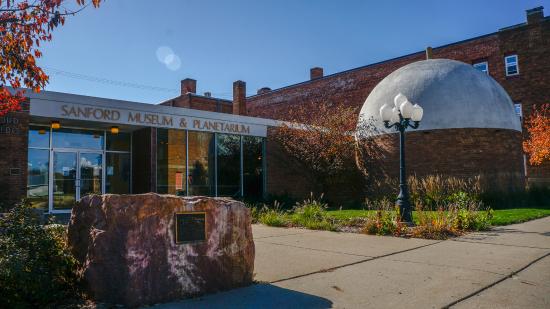
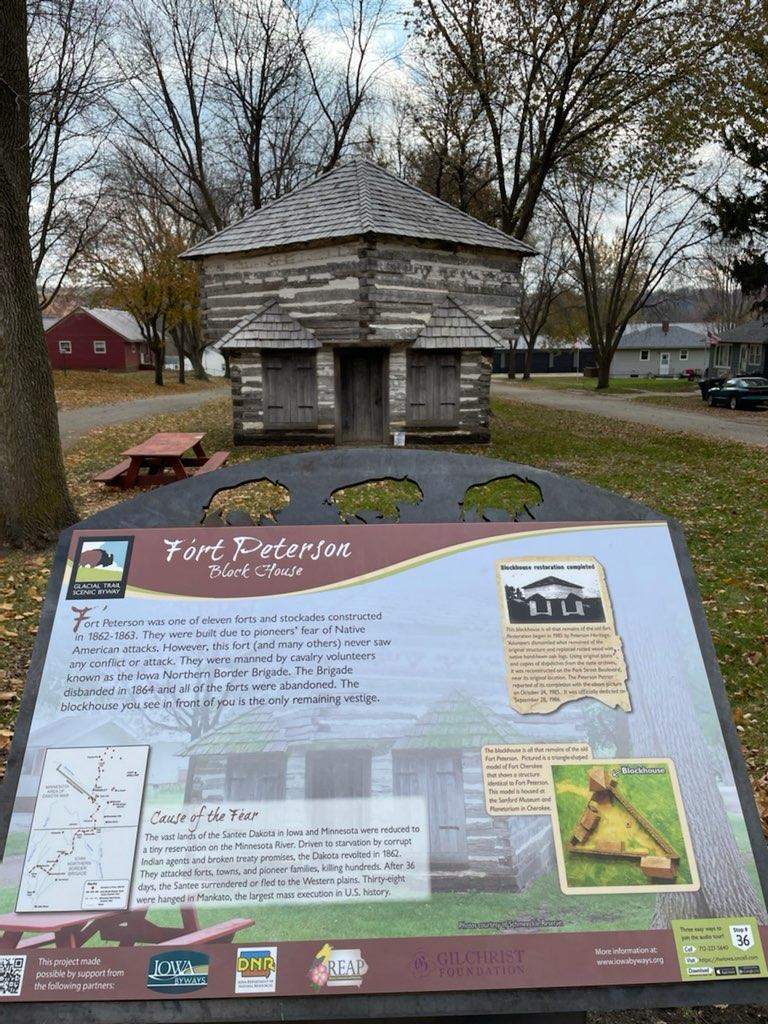
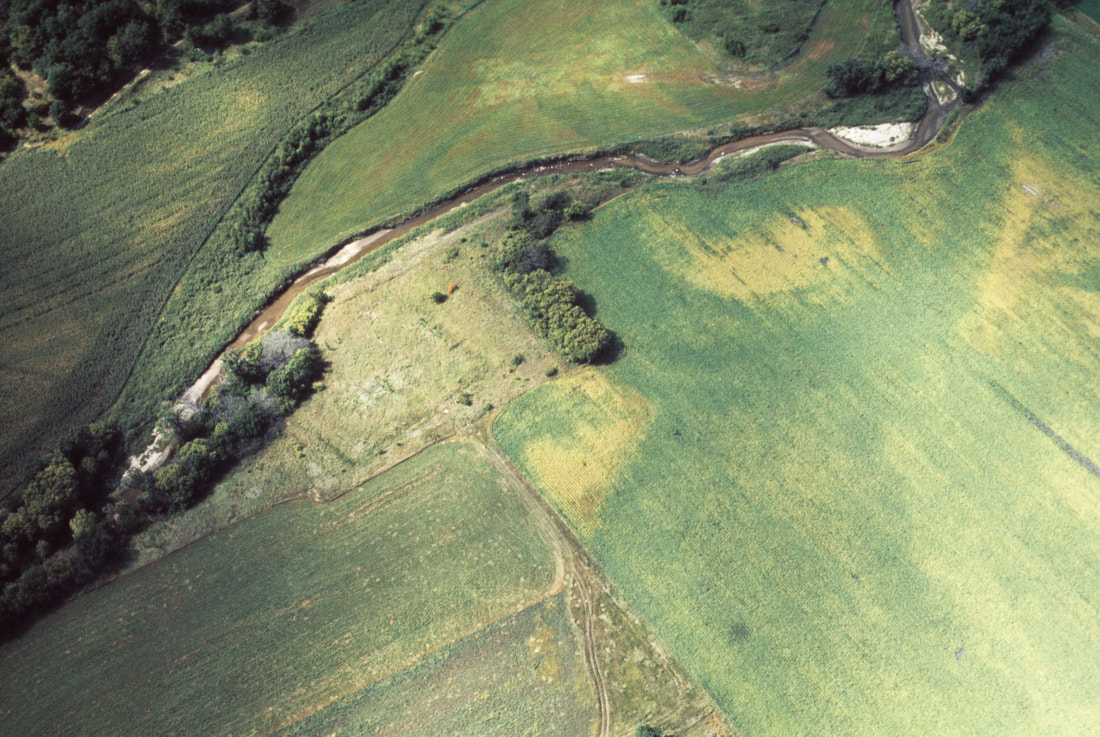
 RSS Feed
RSS Feed